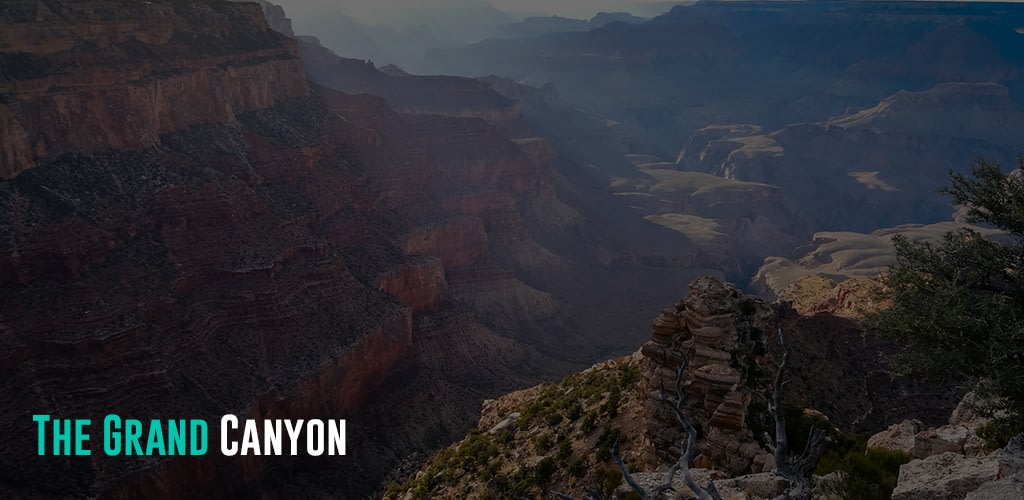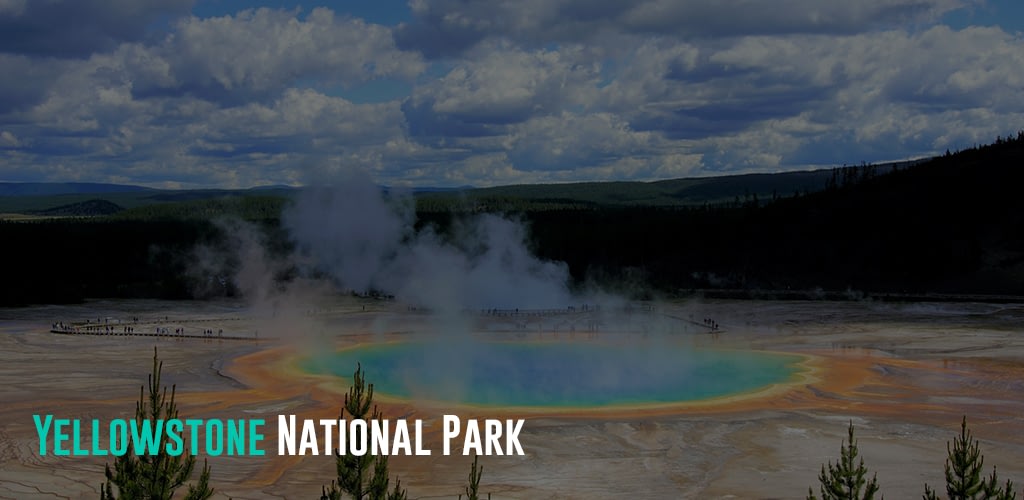Nature never fails to mesmerize us humans with its matter-of-fact splendor. Our planet has nooks and corners where amazing secrets of nature lie hidden. While extensive studies have been conducted to deduce scientific conclusions, the wonders of nature can sometimes elude reasoning. In this blog, we bring to you some places where the wonders of nature genuinely come alive. Read on to learn more about the 5 natural wonders that hold nature’s secrets!
Featured Image Source
#1 The Amazon Rainforest
Known as the “lungs of the world,” the Amazon Rainforest is no less than a paradise for nature enthusiasts. It is home to the most extensive collection of floral and faunal species worldwide. It is estimated that over 40,000 plant species, 1,300 bird species, and 2.5 million insect species are thriving in the rich natural preserves of the Amazon. Unfortunately, many of these species are still undiscovered or poorly understood, which makes the Amazon a treasure trove of nature’s secrets.
The Manu Biosphere Reserve is a must-visit for any nature- and wildlife lover. However, increasing deforestation has sounded an alarm globally, and many organizations are taking active conservation measures. As such, it’s about time global citizens become aware of how they can preserve the Amazon Rainforest.
#2 The Galapagos Islands
Everyone has at least heard of, if not understood completely, Charles Darwin’s theory of evolution. But did you know the Galapagos Islands, a remote archipelago 320 miles off the coast of Ecuador, inspired the naturalist and biologist? During his visit to the islands in 1835, Darwin observed a variety of finches with different beak shapes. He hypothesized that they had evolved adaptations to suit the different foods on the various islands.
The volcanic islands are home to many animal species found nowhere else on the planet. These include giant tortoises, marine iguanas, and blue-footed boobies—all of which fascinate tourists and researchers alike. Moreover, the Galapagos Islands have also been designated a UNESCO World Heritage site in recognition of their ecological importance and the need to preserve their fragile ecosystems. Planning a trip to Ecuador? Don’t miss out on these islands.
#3 Mount Everest
The world’s highest peak has fascinated adventurers, scientists, and explorers for years. Much of it is because its secrets are not demystified. Mount Everest is part of the Himalayan Mountain range, growing at around 4mm per year due to tectonic plate movement. As a result, many unexplored areas on Mount Everest still have hidden caves and crevices. The Khumbu Valley, for example, which is located on the southern side of Mount Everest, is considered to be the deepest valley in the world.
Interestingly, summiting Mount Everest is not the most challenging part. While reaching the summit of Mount Everest is a significant accomplishment, the most challenging part of climbing the mountain is the descent. Most deaths on the mountain occur during the descent due to factors such as fatigue, hypoxia, and altitude sickness.
#4 The Grand Canyon
The Grand Canyon is one of the most famous natural landmarks in the United States, drawing millions of visitors annually. It is a massive geological formation in Arizona carved over millions of years by the Colorado River. Believe it or not, the 6,000-foot-deep canyon opens a window into the earth’s history, with layers of rock that reveal the story of the planet’s formation and evolution.
It is estimated that humans have explored less than 5% of the canyon. The rocks of the Grand Canyon are estimated to be over two billion years old. Havasupai Falls, located within the Grand Canyon, is a series of hidden waterfalls that attract hikers and backpackers. Also, the Grand Canyon has won the title of International Dark Sky Park because it is one of the best places in the world to stargaze, thanks to the lack of light pollution.
#5 Yellowstone National Park
Last but not the least, Yellowstone National Park in Western America, known as a wonderland for its geothermal features, abundant wildlife, and beautiful landscapes, has always fascinated people. Here, every year, a group of garter snakes gathers in large groups to hibernate during the winter. However, scientists are still unsure why the snakes congregate in large numbers and how they survive the harsh winter conditions.
Also, in the park’s northern region, the “Death Trees” has many unanswered questions for scientists. One can find several dead trees surrounded by the remains of various animals. While it is not clear how the animals died, it is believed that the trees played a role in their deaths. Despite being a popular tourist destination, this fascinating and beautiful park still has much to discover and explore.






